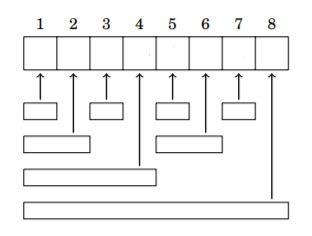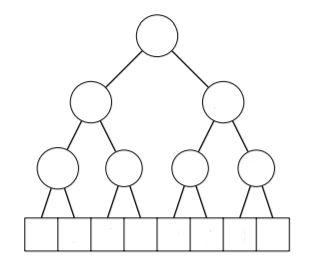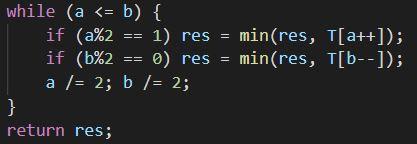I'm currently in the process of writing a contest for my school (not public). Since I don't have a lot of experience with writing problems, I wanted to see if problem setters or others with writing experience have any advice or procedures they like to follow when organizing contests. Do you think to yourself "I want to write a DP problem here" and work backwards or do you first brainstorm a scenario and work from there? Let me know in the comments, I'm curious.
Note: I don't need help with using polygon, writing testers, or anything like that. I just want to spark discussion about coming up with creative ideas for the problems themselves. I think it will be interesting to see if people take different approaches.













